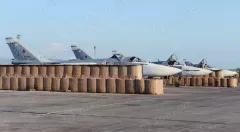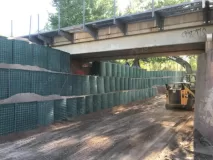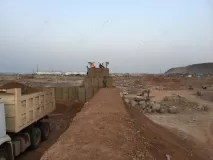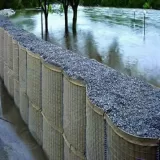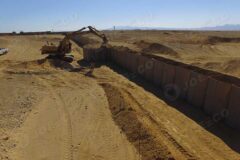For centuries, defensive structures have been crucial guardians of human civilization. From ancient fortresses that stand like steadfast giants to modern – day bunkers that seem like mysterious shelters, these constructions were born to safeguard people’s lives and property against external threats. In this article, let’s have a good chat about different types of defensive structures and just how important they are in protecting us from potential dangers.
Types of Defensive Structures
There are many different types of defensive structures, each with its own unique design and purpose. One of the most common is the castle. During the Middle Ages, castles were everywhere, like majestic guards watching over the land. Castles were carefully designed to resist sieges and invasions from enemies. They usually had towering walls that were like insurmountable barriers, moats that resembled protective rivers, and drawbridges that could be raised or lowered. All these features made it extremely difficult for enemies to break through the fortress.

Another type of defensive structure is the bunker. It’s like a secret safe – house, mainly built to protect people during natural disasters or nuclear attacks. You can find bunkers in various places, some hidden beneath private houses and some near government buildings. They are typically constructed with reinforced concrete, and the walls are as thick and firm as steel. They are also equipped with air – filtration systems, which act like super guards, keeping harmful toxins out.
There’s also the city wall. It’s like a loyal sentinel, tightly encircling and protecting a city or town. City walls have been important throughout history, like the world – famous Great Wall of China and the former Berlin Wall. They are usually made of stone or bricks, with watchtowers that are like the sentinel’s eyes, constantly monitoring the surroundings, and city gates that control the entry and exit of people.
Importance of Defensive Structures
Defensive structures play a huge role in protecting us from potential threats. They bring a sense of security, like a sturdy armor covering everyone, safeguarding people’s lives and property. Without defensive structures, cities and towns would be like soldiers without armor, very vulnerable to attacks from external forces. Then, chaos and destruction would follow.
Defensive structures can also scare off those who want to cause trouble. A well – fortified building is like a loud announcement saying, “This place is well – protected. It’s not easy to conquer!” This can deter potential attackers and save many lives.
Finally, defensive structures are a symbol of a community’s strength and resilience. Building defensive structures requires a lot of resources and great effort. This shows that the community is willing to go to great lengths to protect itself and ensure its safety.
Conclusion
In short, defensive structures are an essential part of human civilization. They protect us from threats and deter enemies. Throughout history, from castles to bunkers to city walls, various defensive structures have played important roles. Although building these defensive structures is not easy, it reflects the community’s firm determination to ensure safety.

